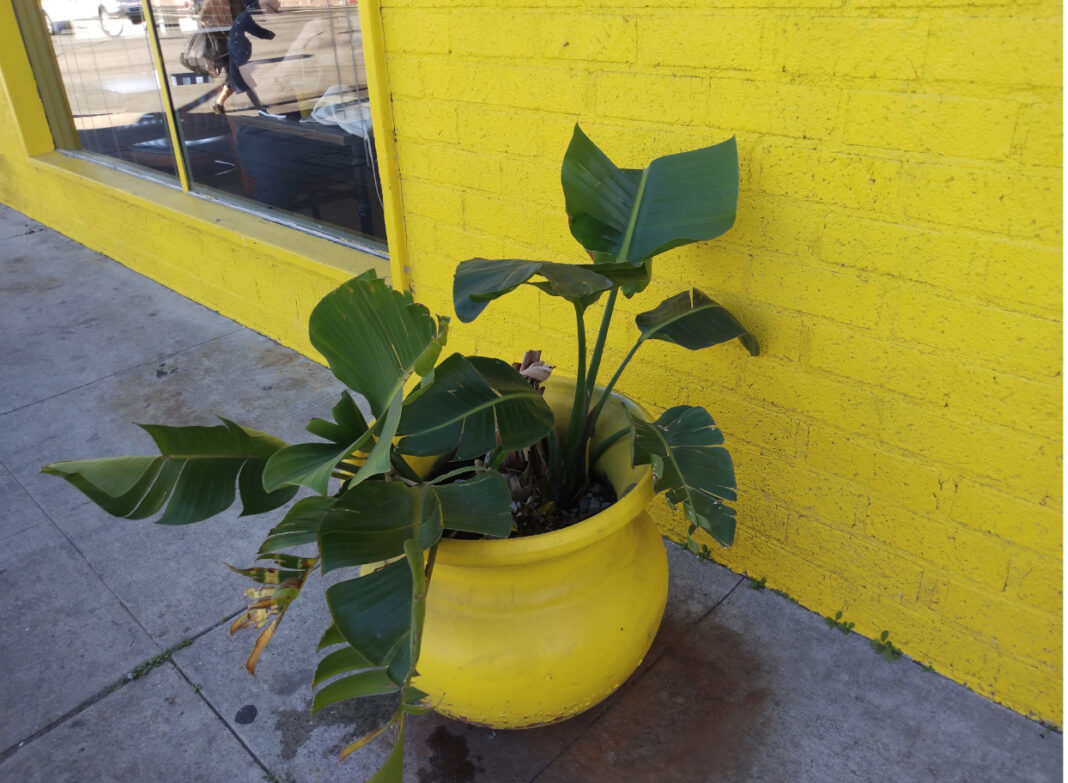UNITED STATES—When Sam picked up his bananas down by the docks he often stopped to chat with Miguel. The business was growing fast, people already discovered the joys of banana slices and corn flakes, and Sam didn’t always have time to stop and talk to Miguel Padilla, who usually had quite a lot to say. Soon, Sam Delaney was supervising the growing crew that loaded his ripen bananas into refrigerated cars on route to supply the greengrocers and fruit peddlers between New Orleans and Memphis, and all the other cities and hamlets in between.
Sam Delaney was just a lad who had never gone beyond the sixth grade, but scrappy and resilient. He had a good head for numbers too: you saw any newspaper he’d read riddled by mathematical numbers penciled in the margins. The bananas caught on. Bananas were there first to feed the workers, and then they were sold to the worker. But there was more to come, much more. Meanwhile, in the U.S. the banana was a delicacy available only to rich people could eat bananas throughout most of 1800s.
Most were imported from afar, place like Barbados and Central America. Bananas were so exquisite they were sold for silver dime a slice. In the late 1890s, the lowly banana was still a luxury item. It was exotic and fashionable to bite into a banana, that now became adorned by colorful labels. A schooner captain, named Sturgis brought first shipload to New Orleans. Sturgis had met Major Keene in Honduras and they became partners.
Sturgis and Keene created the Allied Fruit and Steamship Co. New Orleans soon became a distribution point from sea to shining sea, as the hard green bananas turned yellow and sweet. The Americans couldn’t have enough of what they’d been long denied. An ad campaign helped, scores of people were hired to eat bananas on subway in New York, Boston and Chicago, paid for by the big companies, Union Fruit and Allied Fruit. They presented elegant images of well-to-do people, gobbling down “America’s Favorite Fruit.”
It was a triumph of awakening desires, such as Allied Fruit excelled at –that sort of brainwash to make the public want and crave bananas—only a behemoth like them could afford it. It had become America’s famous fruit just like Mary Pickford would become America’s sweetheart. Press agents. Neither had been produced in the continental United States. Mary Pickford was made in Canada and the banana was from Bananaland.
Sam Delaney was small, if highly successful operator, who relied on the Allied’s coattails in the beginning.
“My yearly publicity budget is the best in the banana business,” Sam boasted.
“How much is it?” his friends in the French Quarter asked.
“Nothing. Allied Fruit pays for it.”
Sam’s growing prosperity brought him attention of a young thing who drew his attention. Rebecca Steinhardt, the daughter of a well-respected trial lawyer. Rudolf Steinhardt. The prospect of getting shackled in marriage so young, before he the ship he imagined came in, he finally made it to Bananaland. He made his trip on a steamer, to one of the sovereign nations in the elbow of a place called British Honduras, where the bananas came in green, a point of distribution for the rest of the United States.
What he hadn’t made back from paying for Ma’s house was more than made up for by loans from people who trusted them, including a sizeable stake from his best greengrocer customer in Baton Rouge. He was ready to acquire his first land to plant bananas in a place called the Chamelecón Valley.
We’re just too restless, we Americans, always wanting more and making more. The Americans had brought the bananas in the first place. Like penicillin and X-rays it started with an accident. The bananas started with building the trains and the Tela Railroad Co. ran by a young Brooklyn entrepreneur, Major Keene, who started crews of West Indians cutting through the veldt, laying tracks that would go to the port on the Costa Norte.
Alongside the siding Keene had the bright idea to plant cuttings from banana trees and they would bear fruit for those laborers, who were sweating and doing the hard labor of building the railroad. They made something happen, these pale-complected, easily sunburnt gringos in a torrid land.
Sam always had a one-track mind. Soon as he set up the operation on his first 2000 acres, hired managers and foremen, he before hopped a steamship by back New Orleans, he received the incredible news that Miguel Padilla Ortiz, his old friend from the banana warehouse at the dock, was going to be General President of that small country in the heart of Bananaland.
To be continued…
Graydon Miller is the Wizard of Fiction.






